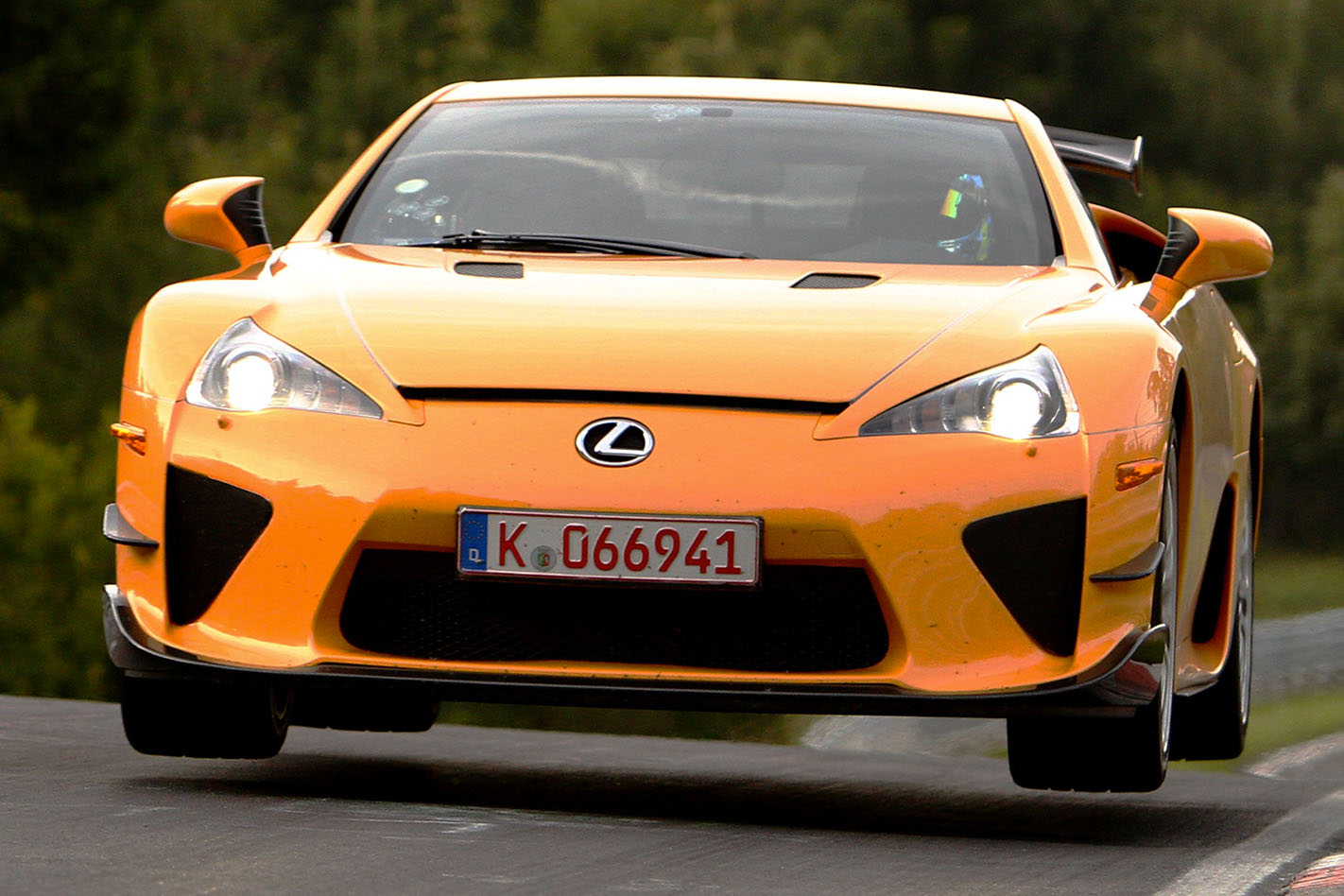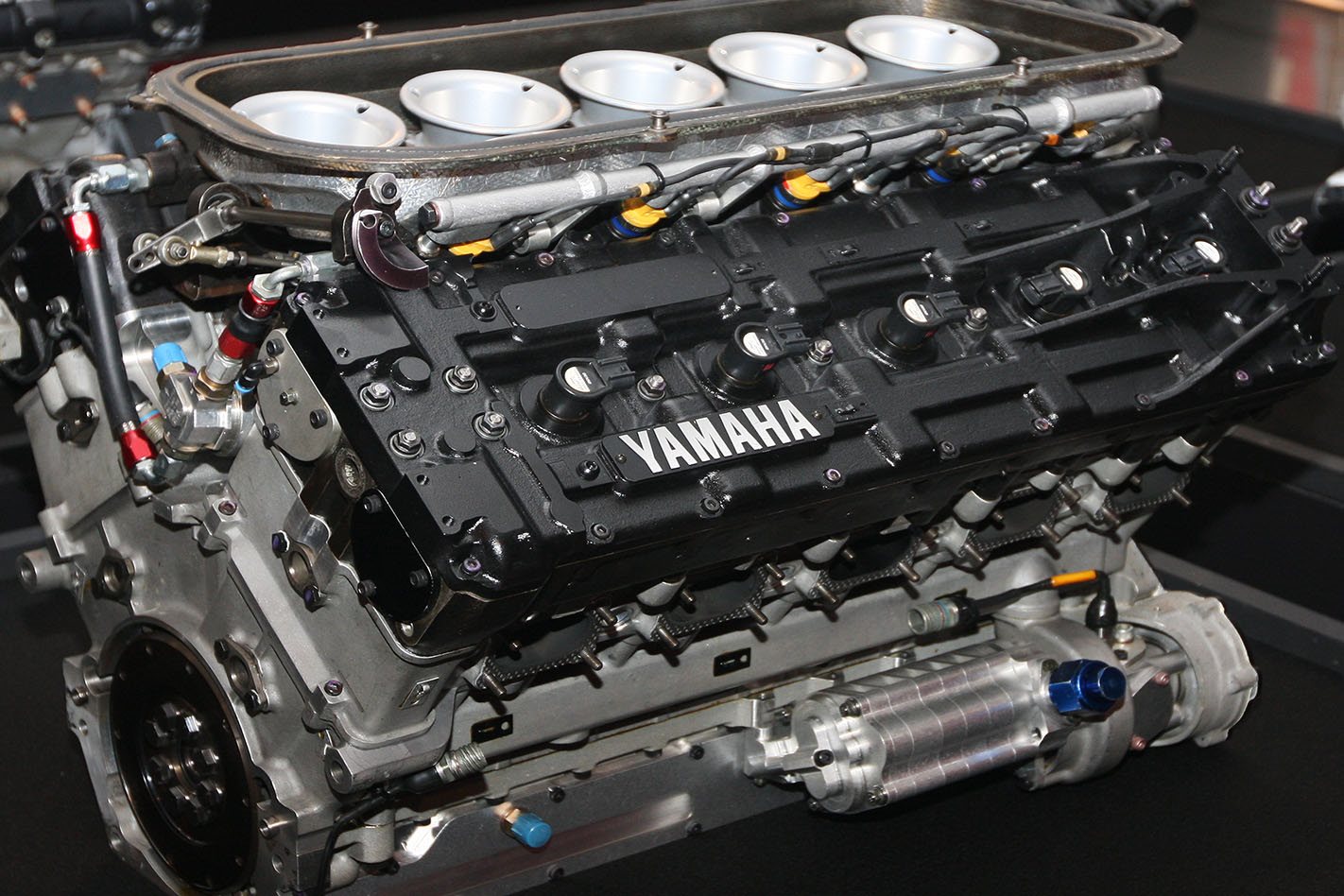Think Yamaha, and you’re probably conjuring images of screaming litre sports bikes, Valentino Rossi duking it out with Jorge Lorenzo, or maybe just the days of your youth blatting around dirt tracks on a DT125 with learner plates.
But there’s more to the Japanese manufacturer than that.
Six archers have won Olympic gold medals using Yamaha bows, it’s still the world’s largest manufacturer of musical instruments, and the Yamaha Entertainment Group is an Emmy award-winning record label and film production company.
Oh, and they also build fantastic engines for cars, which is a fact that has often slipped under the radar.
Here we pay tribute to eight of the very best. So, in reverse order…

8. Ford Duratec Ti-VCT
Australia never received the original Ford Puma coupe. Shame. It was a great handler and was also the recipient of a fascinating engine, the Yamaha-developed 1.7-litre four. This made a modest 93kW in the standard Puma and a healthier 114kW in the Tickford-tickled Racing Puma.
The 1.7-litre 16v engines started life as 1.4-litre units and were then bored to capacity. These rough-machined blocks were then shipped from Ford’s Valencia plant in Spain to Yamaha in Japan. There they were treated to Nikasil liners and a forged crankshaft before accruing a few more miles under their belts and being shipped to Cologne, Germany, where they met their recipient vehicle. The Nikasil bore-plating process took 25 minutes per engine, which was why Yamaha had to do it. Ford’s mainstream engine plants had a maximum cycle time at any one station of six minutes.

7. Ford SHO V6 KOA
Ford billed its 1989 Taurus as one of the two most significant American cars of the 1980s. The other, rather magnanimously, is a Chrysler minivan.
Despite the late-’80s styling, by far the highlight of the Taurus range was the SHO version, which featured a 164kW/271Nm 60-degree V6 up front.
Commissioned by Ford and built by Yamaha, the 3.0-litre engine was compact, reliable, surprisingly high-revving for a car intended for Yanks (peak power arrived at 6200rpm), and it sounded ridiculously exotic for its price point. It was finally ditched for the third-gen Taurus in 1996 and Ford promptly lost its sales lead to Toyota’s Camry.

6. Volvo B8444S V8
The Yamaha-built B8444S that found its way beneath the bonnets of the Volvo S80 and XC90 was a curious engine. Volvo had designed the engine bays of these models to accommodate straight-five and 60-degree V6 engines, and it was clear that significant re-engineering would have to take place in order to shoehorn in a traditional 90-degree V8.
Volvo’s solution was to get Yamaha to build a compact 60-degree 4.4-litre V8, which got around the NVH issues inherent in a narrow-angle V8 by using a timing chain-driven balancer shaft. The engine sounded great, proved durable, was the first V8 to meet ultra-low emission ULEV III standards and was also used in Noble’s giant-killing M600 supercar.
Aussie fans might remember a 5.0-litre version beneath the bonnets of Garry Rogers Motorsport’s Volvo S60s in V8 Supercars from 2014 to 2016.

5. Toyota 4A-GE 1.6
They say imitation is the sincerest form of flattery, and maybe Yamaha wasn’t shy of being ‘inspired’ at times. Take the iconic 4A-GE four-cylinder, built by Yamaha, and most famous for being the engine from the Toyota AE86 Trueno/Sprinter/Hachiroku and also the powerplant nestled in the middle of the original MR2.
Some point to the fact that early ‘Bigport’ or ‘Bluetop’ versions of this engine shared exactly the same bore, stroke, valve sizing and port designs as the Cosworth BDA and claim it’s more than inspired by the BDA. Others dispute that the Toyota engine is a crib of Cosworth’s. I’m in the latter camp. This engine ultimately developed into the five-valve fifth-gen Blacktop design, a powerplant still in big demand among tuners for drift car builds.

4. Toyota 2ZZ-GE
This engine originally piqued our interests beneath the bonnet of the Celica ZR and Corolla Sportivo models. This 1.8-litre four certainly had something about it, the Yamaha-designed head featuring a valve timing and lift system that went feral at 6200rpm, utterly changing the nature of this otherwise mild-mannered four. Then you got around 141kW pretty much all the way up to the spark cut at 8500rpm.
Lotus saw the potential of this engine and it appeared in its Elise and Exige models for 2005. Toyota and Lotus both began separate projects on supercharged versions. The 165kW Corolla Compressor proved a bit of a flop, whereas the Lotus installation was warmly received, the supercharger nicely filling the hole in the torque curve before the VVTLi system readied itself. It found its ultimate iteration in the 191kW Exige Cup 260 of 2009 to 2011.

3. Toyota 2UR-GSE V8
When the Lexus IS-F arrived in 2007, we were all about that 5.0-litre V8 engine. It was a gem, with high-flow heads and a die-cast aluminium block all designed by Yamaha. We thought the 310kW output was something pretty special, especially as you needed to rev to 6600rpm to access it, but better was to come.
High compression variants of the 2UR-GSE would subsequently roll out. The 348kW RC F and GS F were dominated by their powerplants, and it was only with the showstopping LC 500 coupe with its 351kW iteration of the 2UR-GSE that this great engine finally got the platform it deserved.

2. Toyota 3S-GE/3S-GTE
So good was this family of engines that they found their way into everything from the 1984 Toyota Corona to the 2007 Toyota Caldina ST246 GT-Four. The GE family was normally aspirated, reaching its zenith in the 154kW Altezza RS200, but is more normally associated with Celicas and second-generation MR2 models. Yamaha can’t claim sole credit for this lump, Toyota having worked extensively on its development as well.
The 3S-GTE unit is the 2.0-litre turbocharged sibling, made famous by the Celica GT4 and the MR2 Turbo. With its Yamaha-designed DOHC 16-valve aluminium alloy head, versions of the 3S-GTE would go on to power Juha Kankkunen, Didier Auriol and Carlos Sainz to World Rally Championships at the wheel of Group A Celica GT4s.

1. Toyota 1LR-GUE
Okay, so this 4.8-litre V10 isn’t just up there for consideration as the best Yamaha engine, it would be in many people’s top 10 automotive engines. Period.
Co-developed by Toyota and Yamaha for the iconic Lexus LFA sports coupe, this 412kW/480Nm dry-sumped masterpiece featured 10 individual throttle bodies and could rev to 9500rpm. As a result it’s also one of the very best sounding sports car engines in existence.
Don’t believe us? Check out this video where we gave one a thrashing on a closed road at Lake Mountain.






